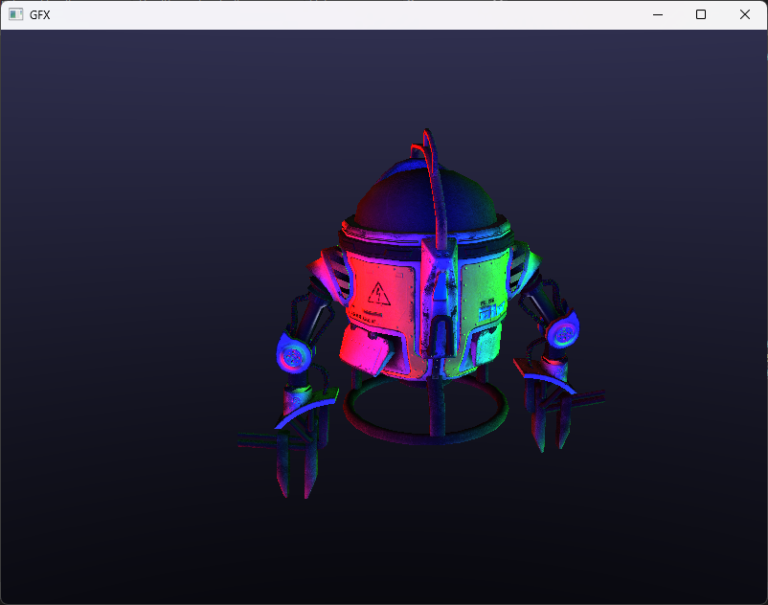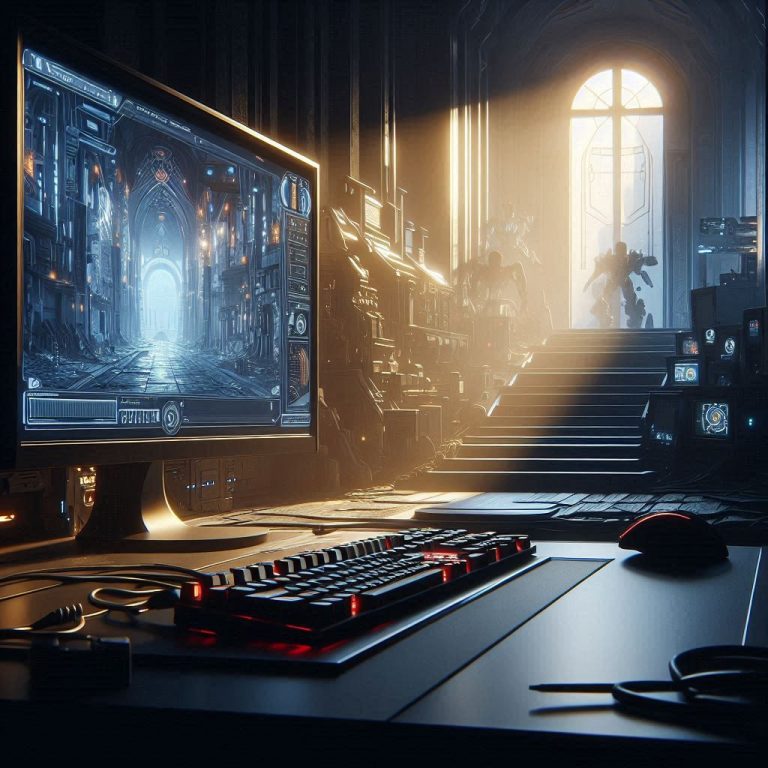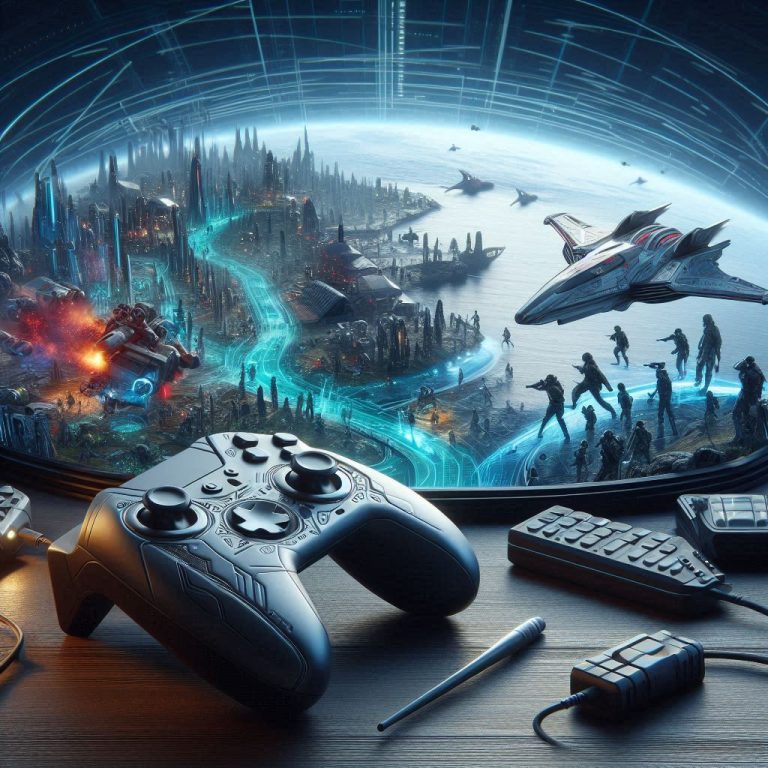I’ve been thinking about this question for quite some time now. The GFX engine, as many of you know it, was originally built for .NET Framework 4.5, with a strong focus on 2D games. Over time, more and more 3D functionality was added. But as the demands grew, it became clear that the engine’s internal architecture simply wasn’t made for integrating modern 3D technology in a clean and performant way.
That’s when I started porting the engine to modern .NET Core – including our custom OpenGL wrapper. Technically, it worked surprisingly well. But the deeper I got into it, the more I realized: this isn’t just a port anymore.
.NET 8 brings entirely new possibilities – and with them, new patterns and ways of thinking. Much of what was necessary in the old framework can now be implemented more elegantly, efficiently, and flexibly. At the same time, I’ve learned a lot over the years about engine architecture, performance, and what developers actually need.
So I made a decision: Instead of retrofitting the old system, I’m building a brand-new framework from the ground up. A framework that incorporates everything I’ve learned from GFX so far – but built specifically for .NET 8 and beyond.
Introducing: GFX-Next
Under the codename GFX-Next, I’m currently developing a modern game framework based on .NET 8. It’s more modular, more scalable, and designed from the ground up with both 2D and 3D game development in mind.
What’s planned?
- Modern 3D rendering using OpenGL via OpenTK, with plans to add Vulkan via OpenTK 5 in the future
- Physics integration with BulletSharp
- Image loading via stb_image
- Model importing with Assimp
- The familiar GameBehavior system from the old version will stay
- And most importantly: Full NuGet-based installation, making project setup easier than ever
Development is already well underway – and the first Beta release is within reach.
There’s an internal Alpha version running already, but I’ve chosen not to promote it publicly just yet.
The legacy .NET Framework version will continue to be maintained. But GFX-Next is where the future is headed – and I’d love to build it together with the community.
Join us on Discord for regular development updates, behind-the-scenes screenshots, and open discussion.




